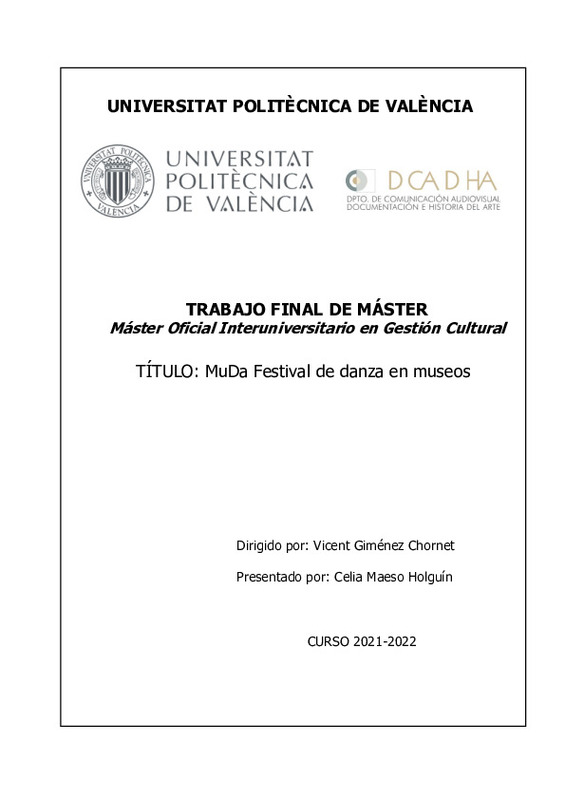|
Resumen:
|
[ES] El análisis realizado para la elaboración del presente trabajo tiene la finalidad de obtener evidencias que confirmen que las personas conectadas de forma habitual al espacio Sankofa aumentan su bienestar gracias a ...[+]
[ES] El análisis realizado para la elaboración del presente trabajo tiene la finalidad de obtener evidencias que confirmen que las personas conectadas de forma habitual al espacio Sankofa aumentan su bienestar gracias a formar parte de la convivencia intercultural que el proyecto promueve. En este estudio, se utiliza el enfoque de capacidades de Amartya Sen y las capacidades funcionales de Martha Nussbaum como marco normativo para evaluar, conceptualizar y entender el bienestar individual. Las constataciones obtenidas que sustentan la idea de la interculturalidad como modelo social que aumenta el bienestar están basadas en la obtención de evidencias que confirman el incremento del conjunto de libertades y logros que la gente obtiene por formar parte de un proyecto que fomenta el diálogo pacífico entre culturas. Por otro lado, la interculturalidad se sitúa en el marco normativo como un recurso que ofrece un proyecto de desarrollo comunitario concreto, situado en un lugar geográfico específico. El proyecto tomado como objeto de estudio es el espacio intercultural Sankofa, y el contexto geográfico en el que se ubica es el barrio de Patraix, en la ciudad de Valencia. Este proyecto se lleva ejecutando durante más de seis años y nace por iniciativa de la ONGD Sovint, con el objetivo de crear un espacio de encuentro y diálogo entre personas y culturas. En este contexto, el concepto de interculturalidad es usado en el ámbito de la mediación y se focaliza en un lugar muy específico y característico.
[-]
[EN] The analysis carried out for the elaboration of this paper has the purpose of obtaining evidence that confirms that people who are regularly connected to the Sankofa space increase their well-being thanks to being ...[+]
[EN] The analysis carried out for the elaboration of this paper has the purpose of obtaining evidence that confirms that people who are regularly connected to the Sankofa space increase their well-being thanks to being part of the intercultural coexistence that the project promotes.
In this study, Amartya Sen's capability approach and Martha Nussbaum's functional capabilities are used as a normative framework.
Nussbaum as a normative framework for assessing, conceptualizing and understanding individual well-being. The findings obtained that support the idea of interculturality as a social model that increases well-being are based on obtaining
evidence that confirms the increase in the set of freedoms and achievements that people obtain by being part of a project that fosters peaceful dialogue between cultures. On the other hand, interculturality is situated in the normative framework as a resource offered by a specific community development project, located in a specific geographical location. The project taken as the object of study is the intercultural space Sankofa, and the geographical context in which it is located is the neighborhood of Patraix, in the city of Valencia. This project has been running for more than six years and was created at the initiative of the NGO Sovint, with the aim of creating a space for meeting and dialogue between people and cultures.
and dialogue between people and cultures. In this context, the concept of interculturality is used in the field of mediation and is focused on a very specific and characteristic place.
[-]
|










